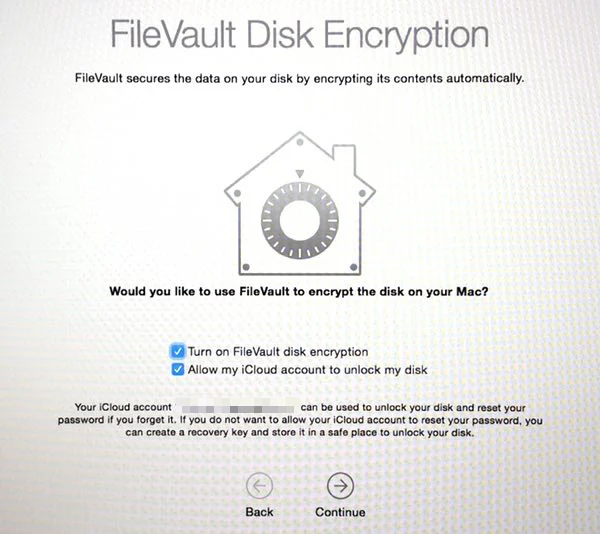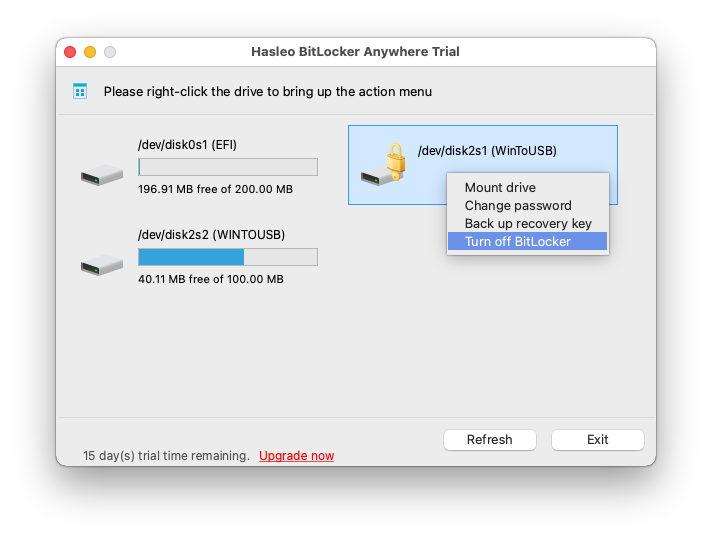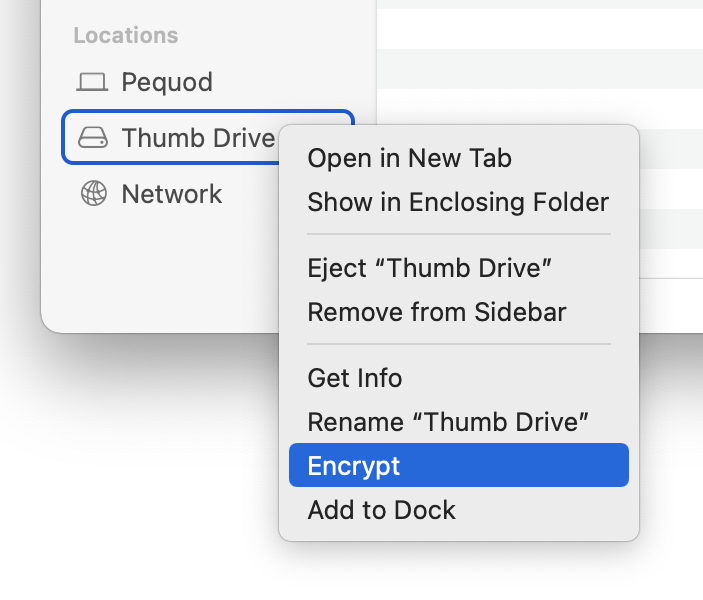

- #MAC OS X ENCRYPTION BOOT MAC OS X#
- #MAC OS X ENCRYPTION BOOT INSTALL#
- #MAC OS X ENCRYPTION BOOT WINDOWS#
In addition to using Intune policy to encrypt a device with FileVault, you can deploy policy to a managed device to enable Intune to assume management of FileVault when the device was encrypted by the user. After the key is escrowed, the disk encryption can start.

First, the device is prepared to enable Intune to retrieve and back up the recovery key. Intune provides a built-in encryption report that presents details about the encryption status of devices, across all your managed devices.Īfter you create a policy to encrypt devices with FileVault, the policy is applied to devices in two stages.
#MAC OS X ENCRYPTION BOOT WINDOWS#
To manage BitLocker for Windows 10/11, see Manage BitLocker policy.

View the FileVault settings that are available in endpoint protection profiles for device configuration policy. For more information about using a device configuration profile, see Create a device profile in Intune. FileVault settings are one of the available settings categories for macOS endpoint protection. View the FileVault settings that are available in profiles for disk encryption policy.ĭevice configuration profile for endpoint protection for macOS FileVault. The FileVault profile in Endpoint security is a focused group of settings that is dedicated to configuring FileVault. Use one of the following policy types to configure FileVault on your managed devices:Įndpoint security policy for macOS FileVault. You can use Intune to configure FileVault on devices that run macOS 10.13 or later. FileVault is a whole-disk encryption program that is included with macOS.
#MAC OS X ENCRYPTION BOOT MAC OS X#
Your bootable Mac OS X installation flash drive is now ready.Intune supports macOS FileVault disk encryption. After the process is completed, this will use up around 9 gb of your USB drive.
#MAC OS X ENCRYPTION BOOT INSTALL#
Click Customize and make sure all items on the pop-up window are unchecked except for “Essential System Software.” Click OK and Install to begin the process, which usually takes around 30 minutes to an hour.Choose your USB flash drive from the list provided. Once you get to the message that goes like “Mac OS X will be installed on…”, click the button that says Show All Disks. Once it does, double-click on Install Mac OS X and run the installer. Now, insert your Mac OS X installation disk and wait for the window displaying the disc contents to pop up.

Once the Options window comes out, choose GUID Partition Table. Towards the bottom of the window, there is an Options button.The size should be set between 15 to 16 gb. For the format, choose Mac OS Extended (Journaled). You will be asked to provide a name for the said volume, which you can assign by yourself. For volume scheme, choose 1 Partition.The menu that will appear will have five tabs on it.Choose your flash drive from the list provided on the left portion of the window. Go to Applications on your Finder menu and open Disk Utility.You will need a USB flash drive that doesn’t have any data saved and with data capacity of 16 gb above.This bootable flash drive will serve as your handy solution to Mac emergencies. To save yourself from a lot of potential Mac problems, all you have to do is create a bootable Mac OS X flash drive which you can carry around so you can instantly diagnose and repair your computer. Nevertheless, they are not completely protected from some problems. Mac computers and Mac OS X make the most stable combination in the world of computers.


 0 kommentar(er)
0 kommentar(er)
